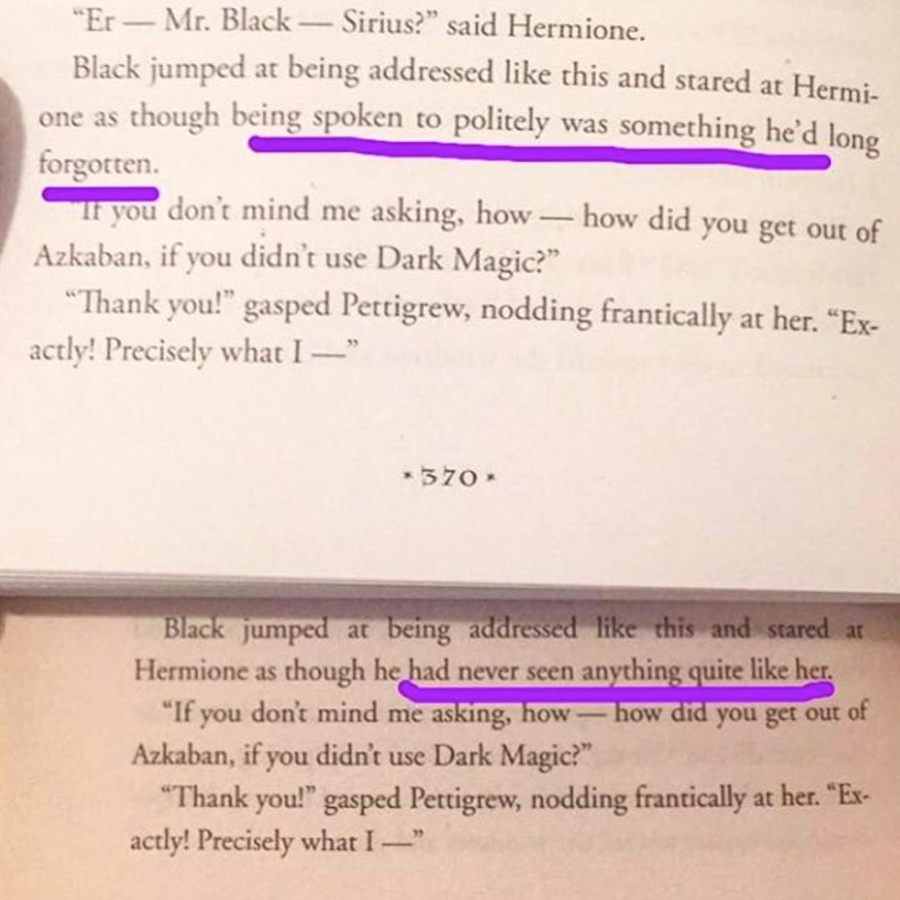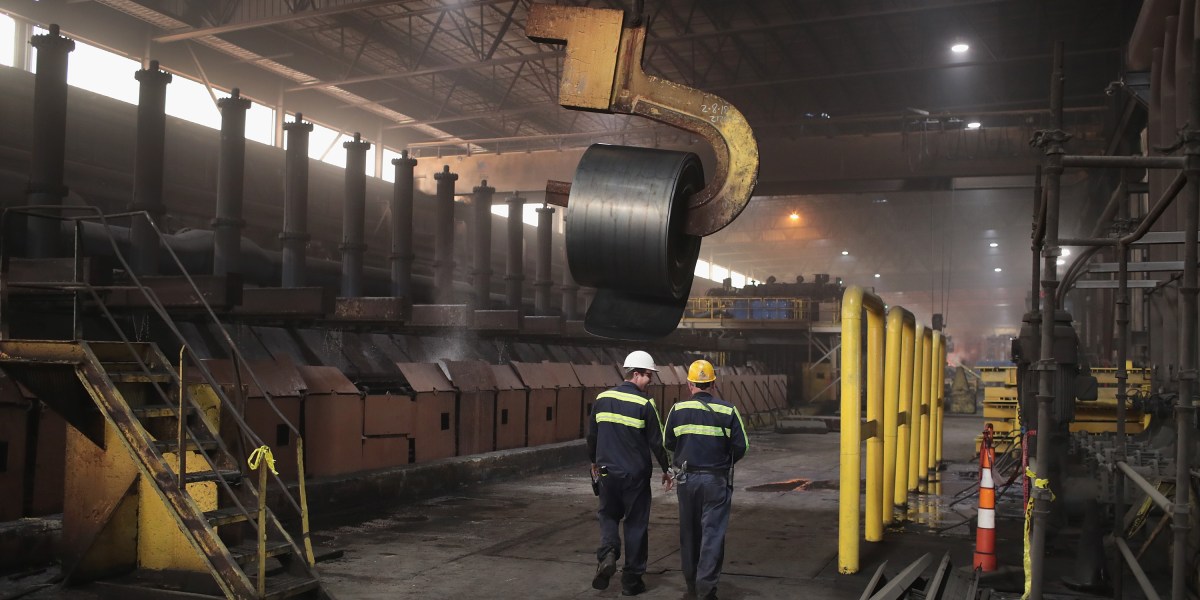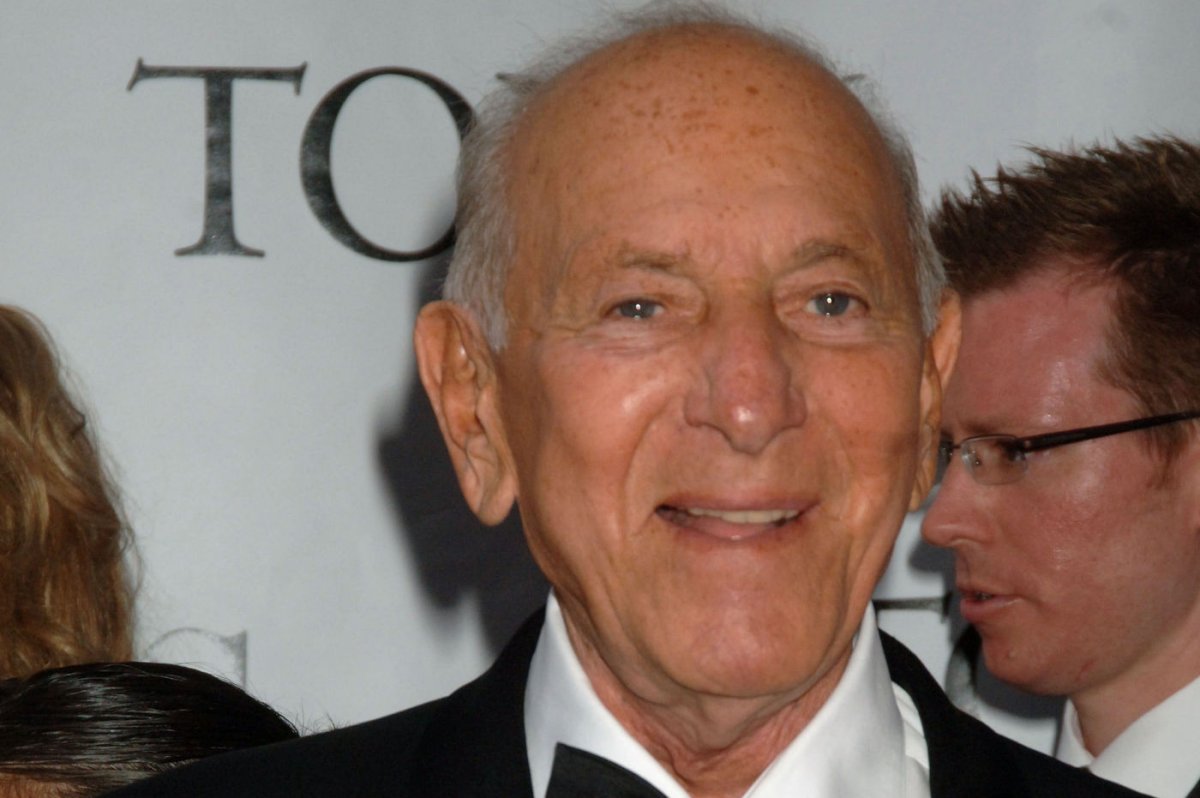Harry Potter Franchise: Exploring The Directorial Change For Prisoner Of Azkaban

Table of Contents
Chris Columbus's Legacy: Setting the Foundation
Chris Columbus directed the first two films, Harry Potter and the Sorcerer's Stone and Harry Potter and the Chamber of Secrets. His approach was decidedly family-friendly, whimsical, and lighthearted, perfectly capturing the initial wonder of J.K. Rowling's magical world for a younger audience.
- Focus on establishing the magical world and introducing key characters. Columbus prioritized introducing Hogwarts, its inhabitants, and the core trio of Harry, Ron, and Hermione in a way that was accessible and engaging for younger viewers. The films were bright, colorful, and emphasized the fantastical elements of the story.
- Lighter tone, aimed at a younger audience. The humor was broad, the stakes relatively low (in comparison to later films), and the overall feel was one of playful adventure.
- Visual style consistent with children's fantasy. The aesthetic leaned towards a classic, fairytale-like visual style, mirroring the whimsical tone of the narrative.
- Box office success and critical reception. Both films were massive box office successes, establishing the Harry Potter franchise as a global phenomenon. While not universally praised critically, they generally received positive reviews for their faithfulness to the source material and their ability to capture the spirit of the books.
Alfonso Cuarón's Vision: A Darker, More Mature Harry Potter
Alfonso Cuarón, known for his distinct directorial style in films like Y Tu Mamá También and Children of Men, brought a significantly different approach to Prisoner of Azkaban. His vision was darker, more mature, and explored the anxieties and complexities of adolescence, reflecting a shift in the narrative's focus.
- Increased focus on psychological depth and character development. Cuarón delved deeper into the characters' emotional lives, exploring Harry's grief and anger, Ron's insecurities, and Hermione's unwavering loyalty. This led to more nuanced performances and a greater emotional investment from the audience.
- Incorporation of darker themes and a more gothic visual style. The film's aesthetic shifted towards a more gothic and atmospheric style, reflecting the darker themes of betrayal, loss, and the looming threat of Voldemort's return. The color palette became richer, more saturated, and often more subdued.
- Exploration of Harry's emotional journey and coming-of-age. Prisoner of Azkaban marked a significant turning point in Harry's development, showing him grappling with his past and the complexities of growing up. Cuarón masterfully captured this emotional turmoil.
- Use of cinematography and visual effects to enhance the atmosphere. Cuarón employed innovative cinematography techniques, including dynamic camera movements and innovative visual effects, to create a more immersive and atmospheric experience.
The Impact of the Change on the Film's Tone and Style
The contrast between Columbus's and Cuarón's styles is striking. Columbus's films are brightly lit, fast-paced, and emphasize clear-cut good versus evil. Cuarón's Prisoner of Azkaban, on the other hand, is darker, more atmospheric, and features a more ambiguous morality.
- Comparison of visual aesthetics – brighter vs. darker palettes. The shift from bright, cheerful colors to a more muted, sometimes gothic palette dramatically altered the film's overall look and feel.
- Contrast in pacing and storytelling techniques. Cuarón employed a slower, more deliberate pacing, allowing the narrative to breathe and the emotional weight of the story to sink in.
- Differences in character portrayals. The characters felt more mature and complex under Cuarón's direction, mirroring the growth and development of the characters in the books.
- How the change in tone affected the audience's reception. While initially met with some surprise, Cuarón's darker, more mature take on the Harry Potter universe was ultimately lauded by critics and fans alike. It proved that the franchise could evolve and mature alongside its audience.
The Lasting Influence on the Harry Potter Film Series
Cuarón's influence on the Harry Potter film series is undeniable. His direction set a new precedent for the subsequent films, paving the way for a more mature and complex approach to storytelling.
- Introduction of a more mature and complex storytelling approach. Subsequent directors embraced the darker, more nuanced storytelling established in Prisoner of Azkaban, leading to increasingly complex narratives and character arcs.
- Influence on cinematography and visual style in later installments. The atmospheric cinematography and innovative visual effects of Prisoner of Azkaban heavily influenced the visual style of later films.
- How the darker tone paved the way for the later, more intense films. The film's darker tone and mature themes established a foundation for the increasingly darker and more intense installments that followed.
- The lasting impact on the overall cinematic universe. The Prisoner of Azkaban directorial change fundamentally altered the tone and style of the Harry Potter film series, leaving a lasting impact on the franchise's cinematic universe.
Conclusion
The directorial shift for Prisoner of Azkaban proved to be a significant turning point in the Harry Potter film series. Alfonso Cuarón's unique vision injected a much-needed maturity and depth into the narrative, setting a new standard for the franchise's future installments. The change in tone and style, while initially surprising, ultimately enriched the overall experience and cemented Prisoner of Azkaban's place as a fan favorite. To further explore this fascinating aspect of cinematic history, delve deeper into the making of Prisoner of Azkaban and consider the impact of the Prisoner of Azkaban directorial change on the evolution of the franchise as a whole.

Featured Posts
-
 Tariffs Influence Brookfields Decision On Us Manufacturing Expansion
May 02, 2025
Tariffs Influence Brookfields Decision On Us Manufacturing Expansion
May 02, 2025 -
 Chief Election Commissioner On A Reliable Poll Data System
May 02, 2025
Chief Election Commissioner On A Reliable Poll Data System
May 02, 2025 -
 Decades Long School Desegregation Order Lifted Implications And Concerns
May 02, 2025
Decades Long School Desegregation Order Lifted Implications And Concerns
May 02, 2025 -
 Understanding This Country People Politics And Economy
May 02, 2025
Understanding This Country People Politics And Economy
May 02, 2025 -
 How To Watch The Wizarding World Holiday Marathon On Syfy This Year
May 02, 2025
How To Watch The Wizarding World Holiday Marathon On Syfy This Year
May 02, 2025
